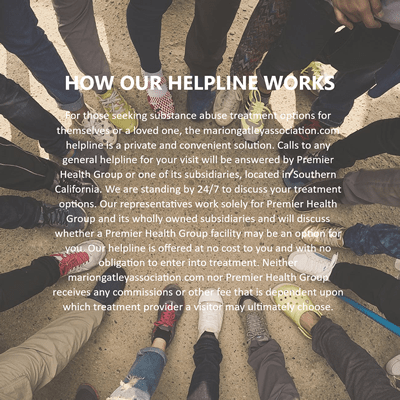On January 4th, Ohio Governor John Kasich signed a bill into law that aims to combat the devastating effects that the nation-spanning opioid addiction epidemic has had on the state. Since 2003, the rate of opioid overdose-related death has nearly quadrupled in Ohio, leaving the state desperate to ameliorate the situation.
The Situation in Ohio
In 2015, Ohio saw 3,050 fatalities as a result of accidental drug overdose. The figure represents an increase of more than 20% over the rate in 2014, when 2,531 fatalities as a result of accidental overdose were recorded. In fact, since 2007, more Ohio citizens have died of addiction than have died from automobile accidents. While it is true that the rate of prescription drug overdose in the state has been declining in recent years, the death rate for heroin and fentanyl have been on the rise.
The New Law
Desperate to combat the state’s high addiction rates, Governor Kasich signed the new bill into law. The law seeks to alleviate the state’s drug problem in several ways. The law removes regulatory barriers that prevent new methadone clinics from being opened, hoping this will allow more people to get access to the well-recognized treatment for opiate addiction. It also creates new limits for prescribing opiates, dictating that prescriptions must be filled within 30 days, and that prescriptions must be limited to a 90-day duration. Furthermore, it gives the state’s pharmacy board oversight and authority over prescriptions that are provided by sole proprietors (such as doctors, dentists, and veterinarians), and requires that the 42,000 pharmacy technicians in the state register with the Ohio Board of Pharmacy (to protect against the possibility of theft).
But perhaps one of the most important aspects of the new bill is the inclusion of provision involving naloxone, a potentially lifesaving medication that can be used to counteract the effects of opiate overdose. In 2015, Emergency Medical Service providers administered 19,782 doses of naloxone, which may have led to the decreasing rate of fatality by prescription opiate overdose in the state. Last year, the state expanded access to naloxone, allowing it to be purchased over the counter at a pharmacy.
Now, the new law hopes to increase access to naloxone even further. The law allocates half a million dollars of state money toward the purchase of naloxone, and expands access to the medication by allowing it to be used at schools, homeless shelters, and substance abuse treatment centers.
Another Upcoming Potential Law
Meanwhile, another bill that hope to help stymie the rate of addiction related deaths passed through the Ohio Senate early last month. This bill specific targets fentanyl, a potent opioid that can increase the risk of overdose. Should this second bill be signed into law, anyone found to be providing someone with five or more milligrams of fentanyl will be considered to have been dealing in bulk. Providing someone with a gram or more of any substance that is found to be laced with fentanyl would also be considered dealing in bulk should this bill be signed into law.
Get the Help You Need
Are you struggling to deal with an addiction to drugs or alcohol? Recovery is possible if you have the right tools. Contact one of the addiction specialists at the Intervention Association to have any questions you might have about seeking treatment in a drug rehab center answered. Recovery is possible, and with the support of one of the addiction recovery programs in the Intervention Association, you can begin working toward your recovery goals today.



